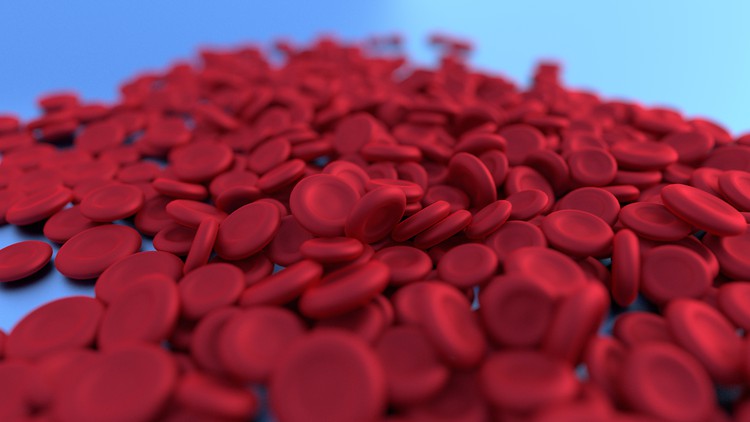
Physiology
What you will learn
Physiology of Blood
Description
This course is about the physiology of blood. This course is organized into different sections to provide a detailed inside into various components of blood.
The first section is an introduction to blood and discusses the various components that blood is made up of.
The second section is about the fluid part of the blood which is known as plasma. Various components of the plasma are discussed in seperate lectures. A connection has been drawn between disease states that might arise due to a change in the composition of plasma.
The third section is about the various parameters of red blood cells. A connection has been drawn between the normal RBC structure and how it helps the RBC carry out its activities. Metabolic reactions, membrane proteins and synthesis of red blood cells are also discussed in this section.
The fourth section is about hemoglobin and many physiological aspects of hemoglobin are highlighted in this section along with the synthesis, breakdown and different types of hemoglobin.
The fifth section is about Red blood indices that are commonly seen on blood reports. Please note that blood report interpretation in this course is only and only for educational purposes and is in no way a substitute to proper medical diagnosis.
The sixth,seventh,eighth and ninth sections of this tutorial are about various types of White blood cells. Many aspects related to basic immunology are highlighted in this section.
Finally the last section focuses on platelets and coagulation factors.
Content